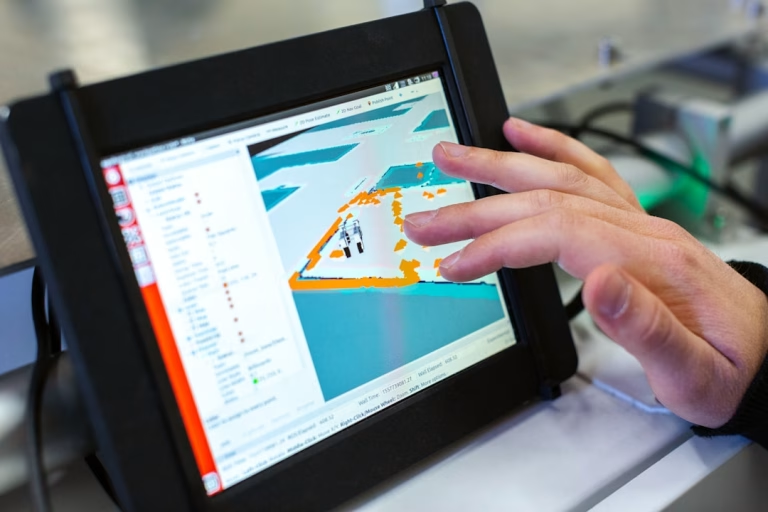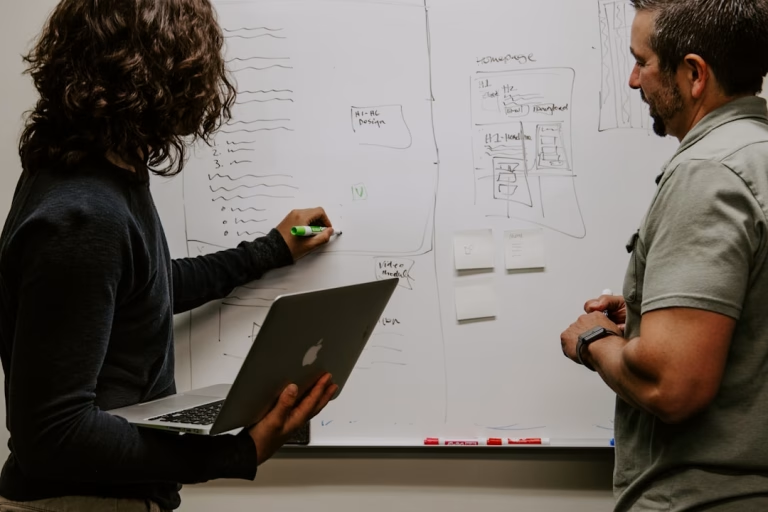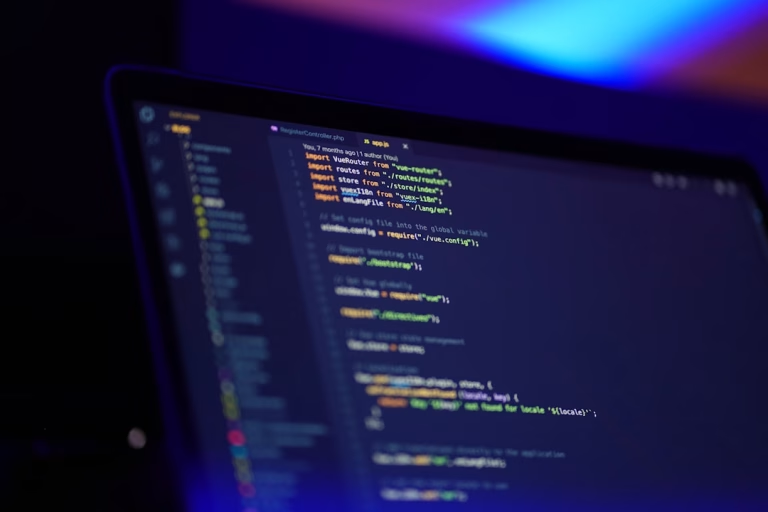A Beginner’s Guide to Event-Driven Programming
A Beginner’s Guide to Event-Driven Programming
Hey there, welcome back to my blog! Today, we’re diving into the fascinating concept of event-driven programming. If the term is entirely new to you, or even if it just sounds intimidating, don’t worry. By the end of this post, you’ll have a decent understanding of what it is, how it works, and even how to implement it. So grab your favorite beverage and let’s get started!
So, What is Event-Driven Programming?
It’s probably best if we start with a little storytelling. Picture this: You’re at home getting ready for a big party. Each time the doorbell rings (a “trigger event”), you stop what you’re doing, go to answer the door and welcome your guest (an “event handler”). This is like how event-driven programming works! Events (like our doorbell ringing) initiate certain actions or sequences in our program.
Breaking It Down: Event Loops
Now, let’s talk event loops. Here’s another analogy for you. If you’ve ever acted as the DJ at a party, you know that you have to keep track of song requests (events), and play them in a specific order (the loop). As the DJ, you’re comparable to the event loop in event-driven programming. You handle the events (song requests) one by one, managing timing and order. [source]
- Event Queue: This is where all the events (like song requests) are lined up and waiting to be processed. They’re waiting for their turn to be handled!
- Event Loop: The event loop (that’s you, DJ!) continuously checks if there’s an event waiting on the event queue that needs handling.
The Perks of Event-Driven Programming
The benefits of event-driven programming are numerous. It’s like having a superstar multi-tasker on your team. In real-world programming, especially in creating responsive user interfaces and server applications, event-driven programming truly shines with its asynchronous nature. For example, if you have a website and a user clicks on a button (an event), a whole bunch of code can execute without holding up the rest of your site’s functionality. Convenient, right?
Getting Started with Event-Driven Programming
Getting started with event-driven programming can be an exciting journey. Realistically, you might stumble now and then, but that’s all part of the learning process. Once you get the hang of it, it’s as fun and satisfactory as nailing the perfect playlist for your best friend’s party. There are some great resources out there to help you on your way. (I personally love W3Schools and MDN Web Docs.)
Wrapping Up
So there you have it, a quick beginner’s guide to event-driven programming. Like our party analogies? Coding may not always be a party, but learning new concepts is definitely a fun ride. Happy coding, and don’t forget to enjoy the journey!
Sources: JavaScript Event Loop explained






